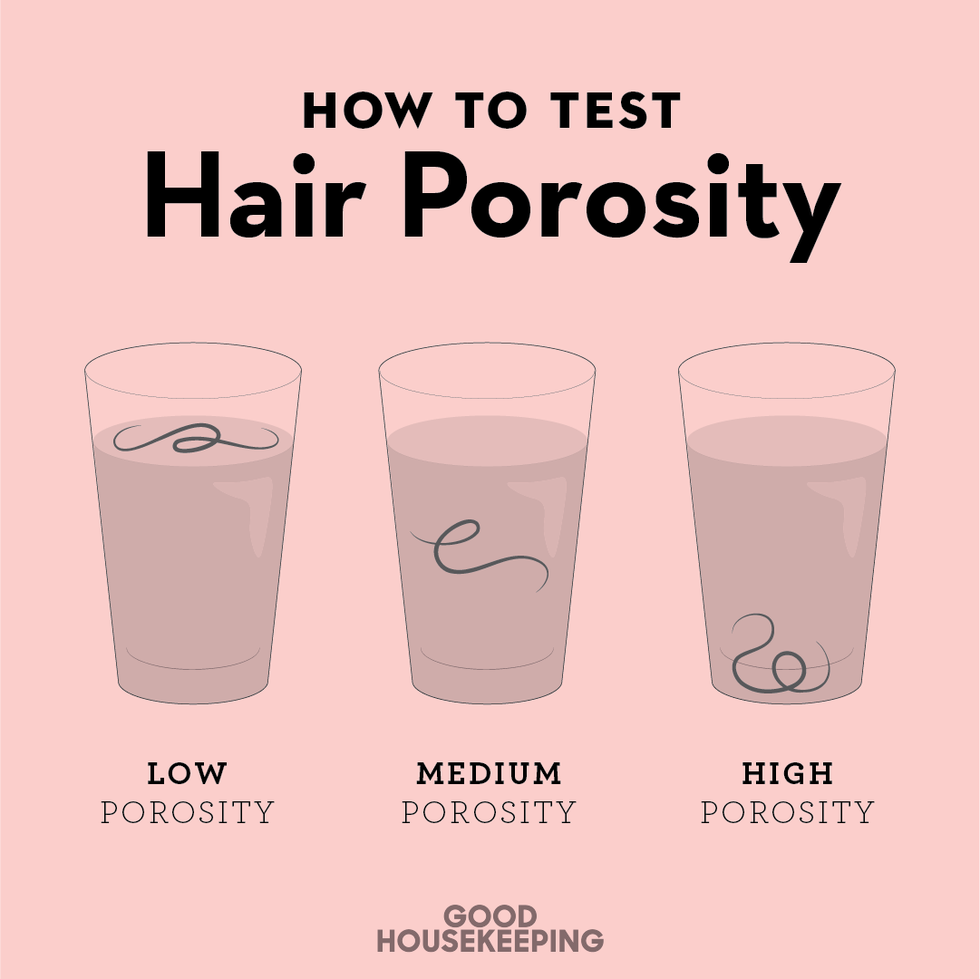Low porosity hair, often hailed for its sleekness and shine, carries an intriguing question with it: Can it actually be frizzy? At first glance, the answer may seem counterintuitive. Frizz is commonly associated with dryness and damage, yet the luster that low porosity hair provides can mask underlying issues that lead to unexpected frizziness. Understanding the relationship between hair porosity and frizz requires a deep dive into the science of hair, the characteristics of low porosity, and the myriad factors that may contribute to frizziness.
To begin with, let’s clarify what low porosity hair is. Low porosity hair has tightly bound cuticles that lie flat. This structure results in a natural resistance to moisture absorption. While it may sound ideal to have locks that gleam with inherent shine, this tight cuticle arrangement can sometimes lead to a paradox: while low porosity hair is often smooth, it may be prone to frizz under particular circumstances.
So what exactly causes frizz? Frizz occurs when hair strands are unable to retain moisture, leading to a rough, irregular texture. This can happen when hair cuticles are raised, which allows moisture from the environment to penetrate hair and disrupt its balance. In the case of low porosity hair, one might think that since the cuticles are tight, frizz should be absent. However, the real issue lies elsewhere.
Let’s consider the context of humidity. Low porosity hair typically repels moisture due to its compact cuticle. But when you’re faced with high humidity levels, the surrounding moist air can lead to a peculiar interplay. The strands may begin to absorb water from the environment, but due to their low porosity, they struggle to maintain this hydration. The result? Hair that seems frizzy, even though the structure is tightly bound. Surprisingly, the very resistance to moisture that should protect against frizz may inadvertently lead to it in some cases.
Another contributing factor is product build-up. Low porosity hair often requires specific types of products. Heavy creams and oils, while nourishing, can lead to residue accumulation on strands. This build-up can create a barrier that further hinders moisture penetration, leaving hair susceptible to dryness and frizz. By nurturing a careful balance of how products are used, one can alleviate the potential for frizziness. Lightweight, water-soluble options often prove to be more beneficial for low porosity hair.
Furthermore, heat is a critical element in the equation. Hair often becomes frizzy when exposed to excessive heat, which can elevate cuticle temperatures and lift them slightly. While low porosity hair can be more resilient to heat styling due to its overall health and shine, it is not impervious. Damage from frequent heat styling may lead to breakage, exposing hair to moisture inconsistencies that can culminate in frizz. Thus, it’s wise to approach heat tools with caution, maintaining their use to a minimum or employing protective styling methods when necessary.
The role of hydration shouldn’t be overlooked. Ironically, while the low porosity structure repels initial moisture, it still craves hydration. It’s essential for individuals with low porosity hair to focus on hydration strategies that don’t backfire. Incorporating hydrating masks and regular deep conditioning treatments, especially those that use heat to open cuticles slightly, can foster a well-hydrated environment. This also means paying attention to the frequency of washing. While it may be tempting to cleanse often, doing so excessively can strip the hair, leading to a deficiency in moisture. Finding a washing rhythm that works best can combat frizz effectively.
Maintaining healthy hair practices extends to your diet and lifestyle as well. Nutrions play an integral role, as insufficient vitamins and minerals can affect overall hair health. A diet rich in omega-3 fatty acids, biotin, and vitamins A and E contributes not only to the vitality of low porosity hair but also stabilizes the moisture balance necessary to keep frizz at bay. Hydration extends beyond just topical care: drinking enough water daily ensures that your body—and hair—remain hydrated.
Certain styling techniques can greatly minimize the risk of frizziness as well. Techniques such as the “plopping” method for curls, utilizing satin or silk pillowcases, and diffusing rather than air-drying can all influence how hair reacts to both humidity and products. These tactics encourage a level of protective care that further aids in maintaining a sleek, healthy appearance, ultimately redirecting frizzy tendencies.
Lastly, understanding one’s individual hair journey is paramount. Combating frizz is not a one-size-fits-all process. By conducting tests to determine the optimal products and methods for your specific low porosity hair type, you foster a working relationship with your locks, leading to less trial-and-error and a better understanding of care. Always listen to what your hair tells you.
In conclusion, low porosity hair can indeed be frizzy, but this inherent challenge is not insurmountable. Recognizing the contributing factors—be it humidity, product build-up, heat exposure, or hydration methods—can help reshape the narrative surrounding your hair texture. Instead of succumbing to frustration, approach your hair care with curiosity and adaptability. Mitigating frizz may involve experimenting, but each step enriches your insight into achieving and maintaining beautiful, healthy hair.
